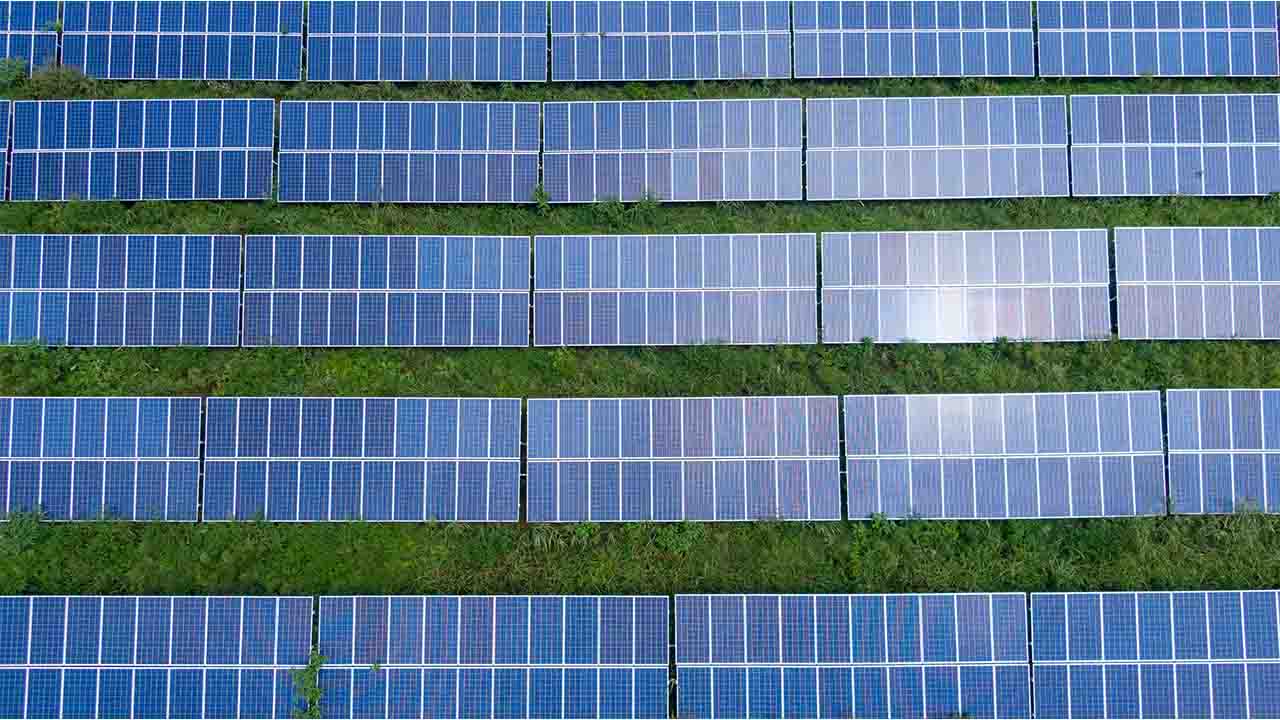UK (Commonwealth Union) – Scientists from the University College London (UCL) have developed ultra-thin ribbons composed of a single atom layer, crafted from a combination of phosphorus and arsenic. These ribbons hold the potential to significantly enhance the efficiency of various devices, including batteries, supercapacitors, and solar cells.
In 2019, the research team initially stumbled upon phosphorus nanoribbons, a remarkable material with the potential to revolutionize a wide range of devices, from batteries to biomedical sensors. Since then, these nanoribbons have been employed to extend the lifespan of lithium-ion batteries and enhance the efficiency of solar cells.
Nevertheless, materials consisting solely of phosphorus exhibit limited electrical conductivity, posing a challenge for certain applications.
In their latest study, documented in the Journal of the American Chemical Society, the researchers engineered nanoribbons composed of phosphorus and minute quantities of arsenic. Remarkably, these nanoribbons exhibited the ability to conduct electricity even at temperatures below -140 degrees Celsius, all while retaining the highly advantageous properties of the pure phosphorus ribbons.
Dr. Adam Clancy, the senior author from UCL Chemistry, indicated that early experimental work has already demonstrated the extraordinary potential of phosphorus nanoribbons, first introduced by our UCL team in 2019. For instance, in 2021, it was revealed that incorporating these nanoribbons as a layer in perovskite solar cells enabled these cells to capture more energy from the Sun.
He said, “Our latest work in alloying phosphorus nanoribbons with arsenic opens up further possibilities – in particular, improving energy storage of batteries and supercapacitors, and enhancing near-infrared detectors used in medicine. The arsenic-phosphorus ribbons have also turned out to be magnetic which we believe comes from atoms along the edge, which makes them potentially of interest for quantum computers too. More widely, the study shows that alloying is a powerful tool for controlling the properties and thus applications and potential of this growing nanomaterial family.”
The researchers say same technique could be used to make alloys combining phosphorus with other elements such as selenium or germanium.
To be employed as an anode material in lithium-ion or sodium-ion batteries, phosphorus nanoribbons currently necessitate blending with a conductive substance such as carbon. However, the incorporation of arsenic eliminates the need for carbon filler, thereby augmenting the battery’s energy storage capacity and its charging and discharging speed.
In the realm of solar cells, arsenic-phosphorus nanoribbons can further enhance charge flow within the devices, leading to heightened cell efficiency.
The arsenic-phosphorus ribbons, fashioned by the research team, typically comprised a few layers in height, spanning several micrometers in length, and measuring tens of nanometers in width. These ribbons were synthesized by mixing crystals derived from phosphorus and arsenic sheets with lithium dissolved in liquid ammonia at a chilling temperature of -50 degrees Celsius. After 24 hours, the ammonia was removed and substituted with an organic solvent. Due to the sheets’ atomic structure, lithium ions could only move in one direction, inducing cracking that gave rise to the formation of these ribbons.
A notable characteristic of these nanoribbons is their exceedingly high “hole mobility.” Holes act as counterparts to electrons in electrical transport, and augmenting their mobility, which denotes the speed at which they traverse the material, facilitates more efficient electrical current flow.
These nanoribbons can be produced at scale in a liquid medium, which can subsequently be used for cost-effective large-scale applications in various fields.
The discovery of phosphorus nanoribbons at UCL was the result of collaborative efforts led by Professor Chris Howard from UCL’s Department of Physics & Astronomy. Since the isolation of two-dimensional phosphorene sheets in 2014, over 100 theoretical studies had anticipated the emergence of novel and promising properties through the creation of narrow ribbons from this material.








